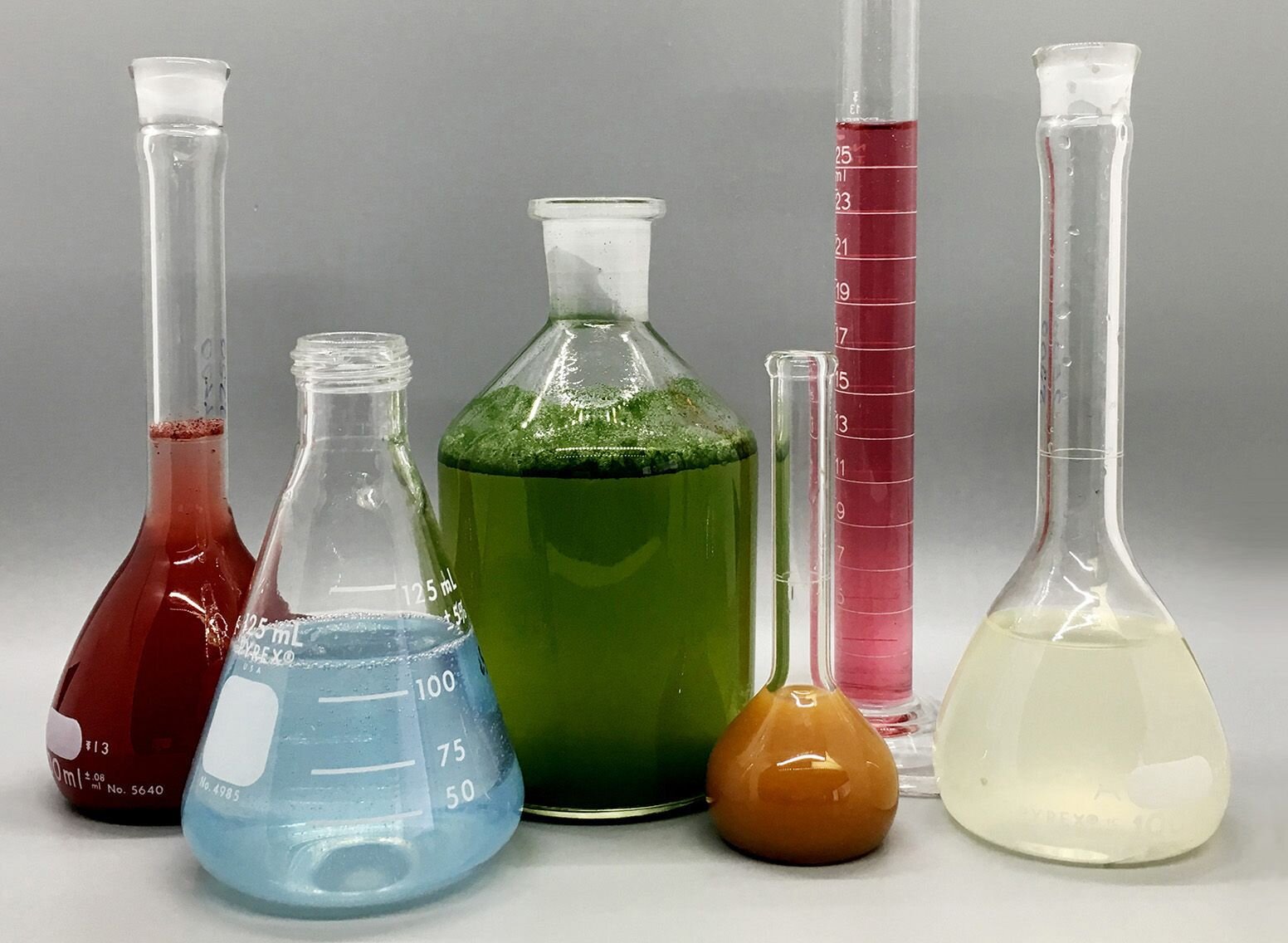The Main Principles Of Circularly Polarized Luminescence
Table of ContentsThe Facts About Uv/vis Uncovered7 Simple Techniques For SpectrophotometersUv/vis/nir Fundamentals ExplainedIndicators on Circularly Polarized Luminescence You Should KnowSpectrophotometers for Dummies

Although spectrophotometry is most typically applied to ultraviolet, visible, and infrared radiation, contemporary spectrophotometers can interrogate wide swaths of the electromagnetic spectrum, including x-ray, ultraviolet, noticeable, infrared, and/or microwave wavelengths. Spectrophotometry is a tool that depends upon the quantitative analysis of molecules depending upon how much light is absorbed by colored compounds.
Not known Factual Statements About Uv/vis/nir
A spectrophotometer is typically utilized for the measurement of transmittance or reflectance of options, transparent or opaque solids, such as sleek glass, or gases. Although many biochemicals are colored, as in, they take in visible light and for that reason can be measured by colorimetric treatments, even colorless biochemicals can typically be transformed to colored substances suitable for chromogenic color-forming responses to yield compounds ideal for colorimetric analysis.: 65 Nevertheless, they can also be designed to determine the diffusivity on any of the listed light ranges that generally cover around 2002500 nm utilizing different controls and calibrations.
An example of an experiment in which spectrophotometry is used is the determination of the stability constant of a solution. A specific chemical response within a service may take place in a forward and reverse instructions, where reactants form items and products break down into reactants. Eventually, this chemical response will reach a point of balance called a balance point.
Some Known Questions About Uv/vis.
The quantity of light that travels through the option is a sign of the concentration of certain chemicals that do not enable light to travel through. The absorption of light is due to the interaction of light with the electronic and vibrational modes of molecules. Each kind of molecule has an individual set of energy levels connected with the makeup of its chemical bonds and nuclei and therefore will take in light of particular wavelengths, or energies, leading to unique spectral properties.
The usage of spectrophotometers covers numerous scientific fields, such as physics, materials science, chemistry, biochemistry. circular dichroism, chemical engineering, and molecular biology. They are extensively utilized in lots of industries consisting of semiconductors, laser and optical production, printing and forensic evaluation, along with in labs for the research study of chemical compounds. Spectrophotometry is often utilized in measurements of enzyme activities, decisions of protein concentrations, determinations of enzymatic kinetic Continue constants, and measurements of ligand binding reactions.: 65 Eventually, a spectrophotometer has the ability to determine, depending on the control or calibration, what substances are present in a target and exactly just how much through calculations of observed wavelengths.
Invented by Arnold O. Beckman in 1940 [], the spectrophotometer was created with the help of his coworkers at his business National Technical Laboratories established in 1935 which would end up being Beckman Instrument Business and ultimately Beckman Coulter. This would come as an option to the formerly produced spectrophotometers which were not able to soak up the ultraviolet correctly.
Uv/vis for Beginners
It would be found that this did not offer acceptable outcomes, therefore in Design B, there was a shift from a glass to a quartz prism which enabled for much better absorbance results - circularly polarized luminescence (https://www.indiegogo.com/individuals/36812837). From there, Design C was born with a modification to the wavelength resolution which wound up having three units of it produced
It irradiates the sample with polychromatic light which the sample takes in depending upon its residential or commercial properties. Then it is transmitted back by grating the photodiode range which spots the wavelength area of the spectrum. Given that then, the development and application of spectrophotometry devices has increased exceptionally and has actually turned into one of the most innovative instruments of our time.

Circular Dichroism Fundamentals Explained
Historically, spectrophotometers utilize a monochromator including a diffraction grating to produce the analytical spectrum. The grating can either be movable or repaired. If a single detector, such as a photomultiplier tube or photodiode is utilized, the grating can be scanned step-by-step (scanning spectrophotometer) so that the detector can measure the light strength at each wavelength (which will correspond to each "action").
In such systems, the grating is fixed and the intensity of each wavelength of light is determined by a different detector in the range. Furthermore, most modern-day mid-infrared spectrophotometers use a Fourier change technique to acquire the spectral information - https://www.livebinders.com/b/3570027?tabid=514355ed-03f4-acee-f8e7-d79f6b7bffab. This method is called Fourier transform infrared spectroscopy. When making transmission measurements, the spectrophotometer quantitatively compares the fraction of light that travels through a recommendation solution and a test service, then electronically compares the intensities of the 2 signals and computes the portion of transmission of the sample compared to the reference requirement.
